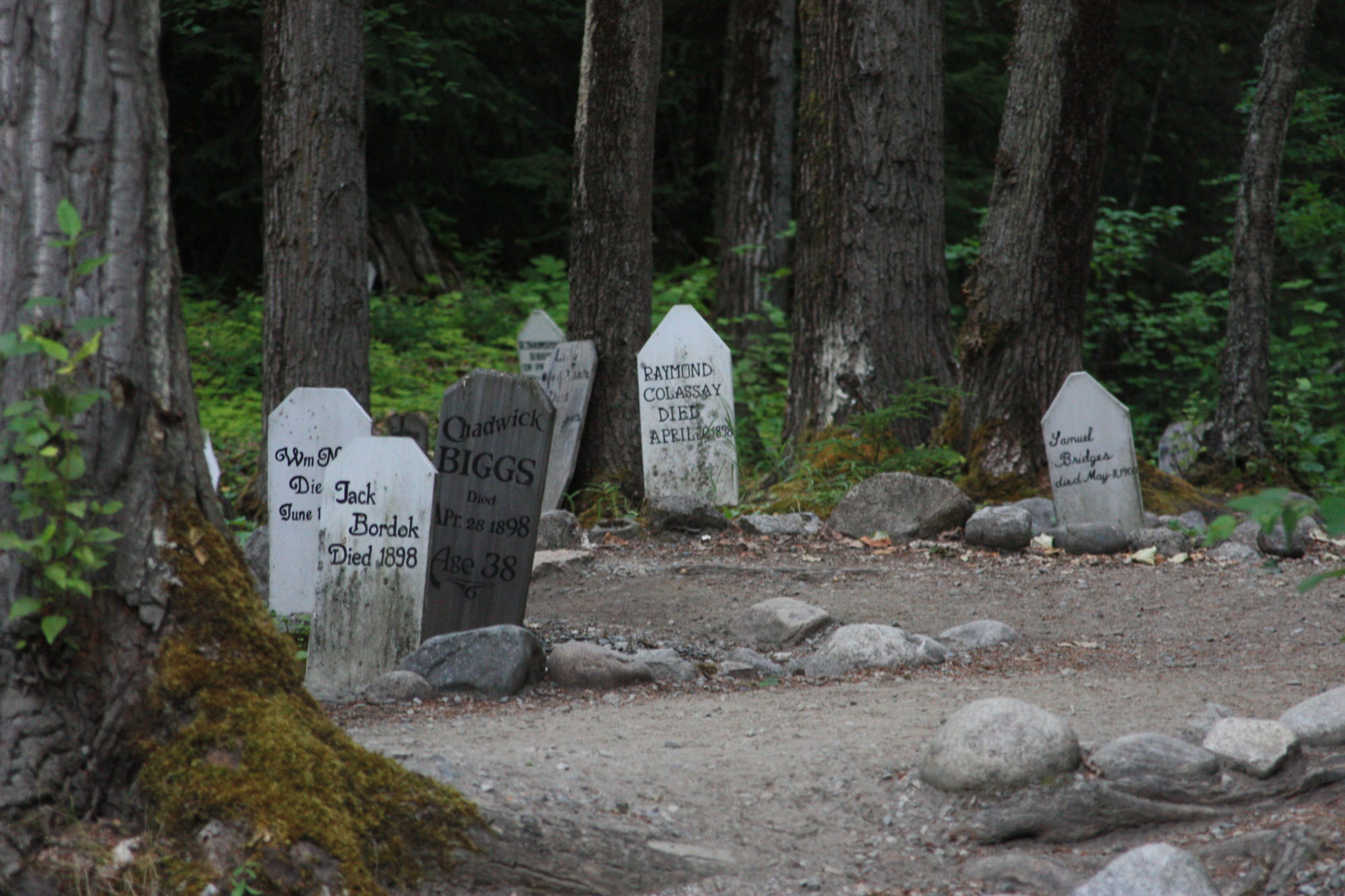President Warren Harding visited Skagway on July 11, 1923. Leaving here, he re-boarded the USS Henderson on his trip south to San Francisco where he died. Another ship in the presidential fleet was the USS Seattle. Both ships were involved in accidents in the days that followed: the USS Henderson was rammed by the USS Zeiler in Puget Sound and the USS Seattle ran aground in the Sound. Barely two months later, one of the biggest disasters in US Naval History occurred which I will summarize briefly here.
On September 2, 1923 there was a massive earthquake in Japan, the resulting tsunami and strong currents reached the California coast just as a heavy fog further complicated navigation. On September 8, in the dark of night, the passenger steamer Cuba went aground on San Miguel Island. My husband and I lived on San Miguel once, 30 years ago, and the remnants of that shipwreck were still visible on the beach at certain times when we lived there.
Tragically, on that same day there were 14 new sleek “flush deck” destroyers that the Navy was testing at full battle speed on a mission from San Francisco to Los Angeles. The Navy was anxious to prove their worth since President Harding had been a staunch supporter of Navy funding, but with his death, the subsequent administration was not. Unfortunately, that night, at 9 pm, a total of nine destroyers plowed, at 20 knots into the California coast, at a place called the Devil’s Jaw near Santa Barbara. Seven were completely destroyed and 23 sailors died. The dramatic full story of the crash, heroism and tragedy can be read here:
http://suite101.com/article/crushed-in-the-devils-jaw-a402650











